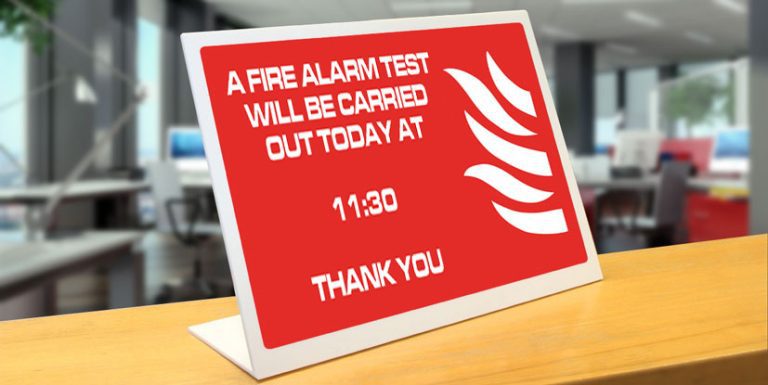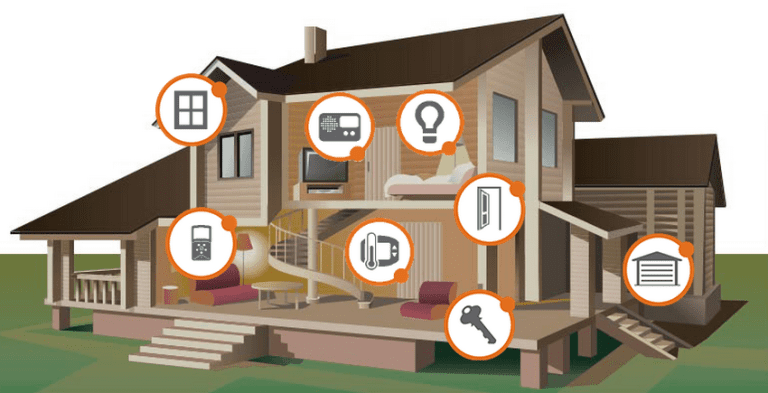In this technological era, everything seems to be easy. Most things can be done with just a single tap on your device. From setting the room temperature to opening the garage gate, you don’t need to stand up and do it by yourself. Imagine yourself coming home after a very long and tiring day. That was winter and the cold wind is blowing angrily on your window. You quickly enter your house and only to find that the cold has penetrated the insides of your home. You immediately turn on the thermostat. But before it could manage to heat the whole place up, you are already shivering with cold. Grabbing your favorite blanket, you head to the couch and roll yourself into a ball. Well, that should not be happening by now with smart thermostats readily available in the market. With the smart thermostat, you can turn it on way before you even step on your porch. Once you arrive at your house, the room has been heated up and all. Smart thermostats also turn itself off automatically if it doesn’t detect any motion happening in the house. That comes handy when you forgot to turn it off. Instead of consuming a lot of energy, it helps lower down your energy bills. One of the best thermostats you can buy is Nest. You can easily connect it to the Wi-Fi network in your home plus you can control it using your smartphone by downloading the Nest app from the Google Play Store. There, you can see the room temperature as well as the temperature outside your house. You can also adjust the temperature according to your liking. Aside from Nest, there are still other thermostats that can fulfill your needs. If you want to know what are the best thermostats that are compatible with Google Home, you should check out the article The Best Google Home Compatible Thermostats for Smart Climate Control. You’ll be offered 7 thermostat options and helpful answers to the frequently asked questions. A Brief History on Smart Home Since day 1, people have been obsessed with creating machines that would lessen manual work. Before smart devices are a thing, electric-powered appliances have been helping humans in getting the work done fast and efficient. In the early 1900s, the first washing machine, vacuum cleaner, clothes dryer, dishwasher, water heater, sewing machine, and refrigerator were introduced. Those machines did reduce the workload, and their success became a stepping stone for more home automation projects. More than 70 years after, the first general-purpose home automation technology was born. The network was meant to control multiple tasks at once, which in turn, will consume less time and require lesser effort to manage. Although technological breakthrough seemed slow, its potential can’t be denied. True enough, we’re now living in a world where almost everything can be manipulated using smart devices. And it seems like we are not stopping, either. Creating Smart Homes From Scratch To have an automated home, it should be smart from the ground-up. Of course, that requires a great deal of planning and . . . money. However, for the homeowners of the future, it sure doesn’t matter as long as it will make their life much easier. It’s true that you can purchase individual smart devices to handle different tasks, but it’s a lot better if you integrate home automation while you are still building your home from scratch. In that way, you can manage them all using just one platform. Controlling different home features such as security, temperature, lights, and maintenance can be quite tiring and difficult. But, you have a choice to do it simultaneously if your house is smart enough from the beginning. Supposing that the world is heading is up for more advancements, we can rightfully believe that in the years to come, all homes will be controlled by smart machines. Why not start now? It is a good investment as it will increase the value of your home with a couple of thousand dollars. Wrapping Up Internet of things, or IoT, is gradually being seen as the new standard nowadays. As the world becomes more and more tech-oriented, no doubt, smart homes will be the home of the future. Home development will never be the same, but way better.













